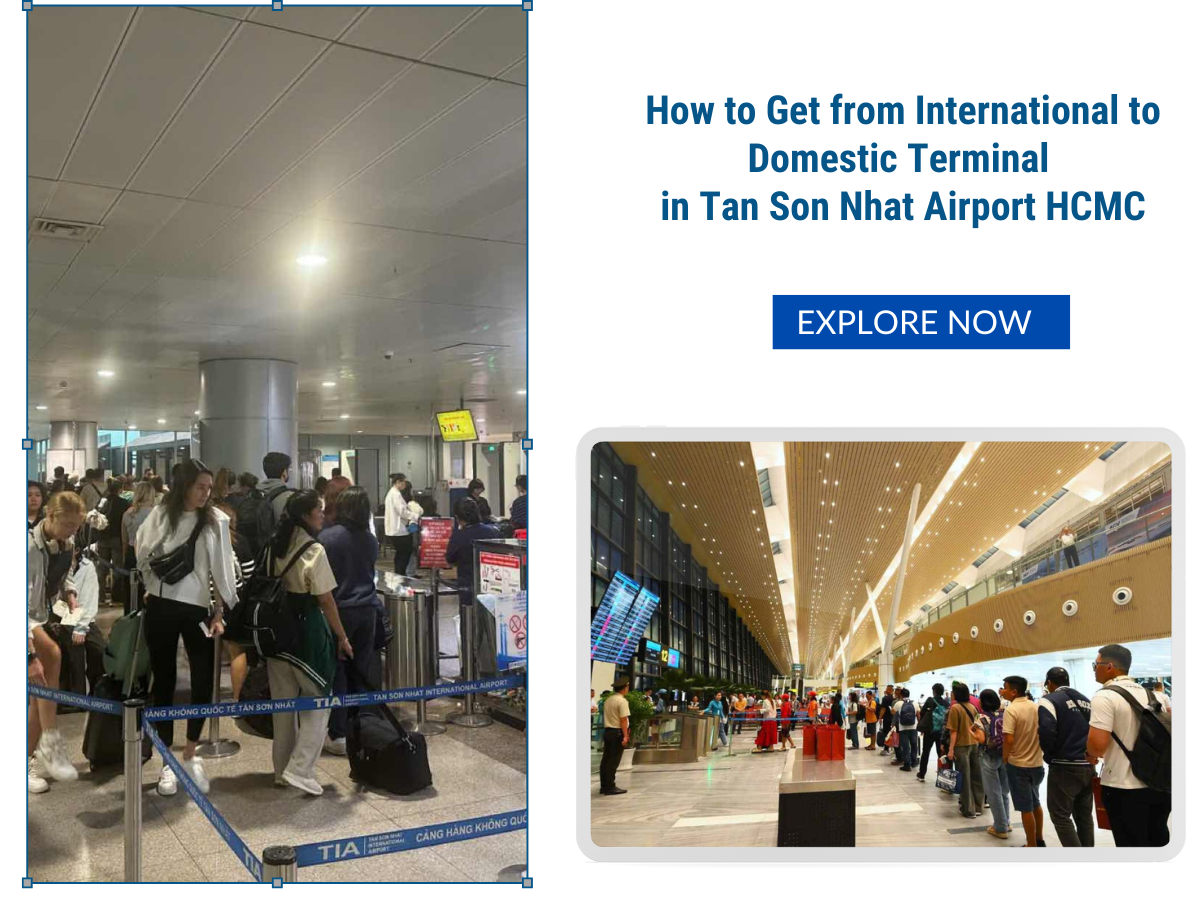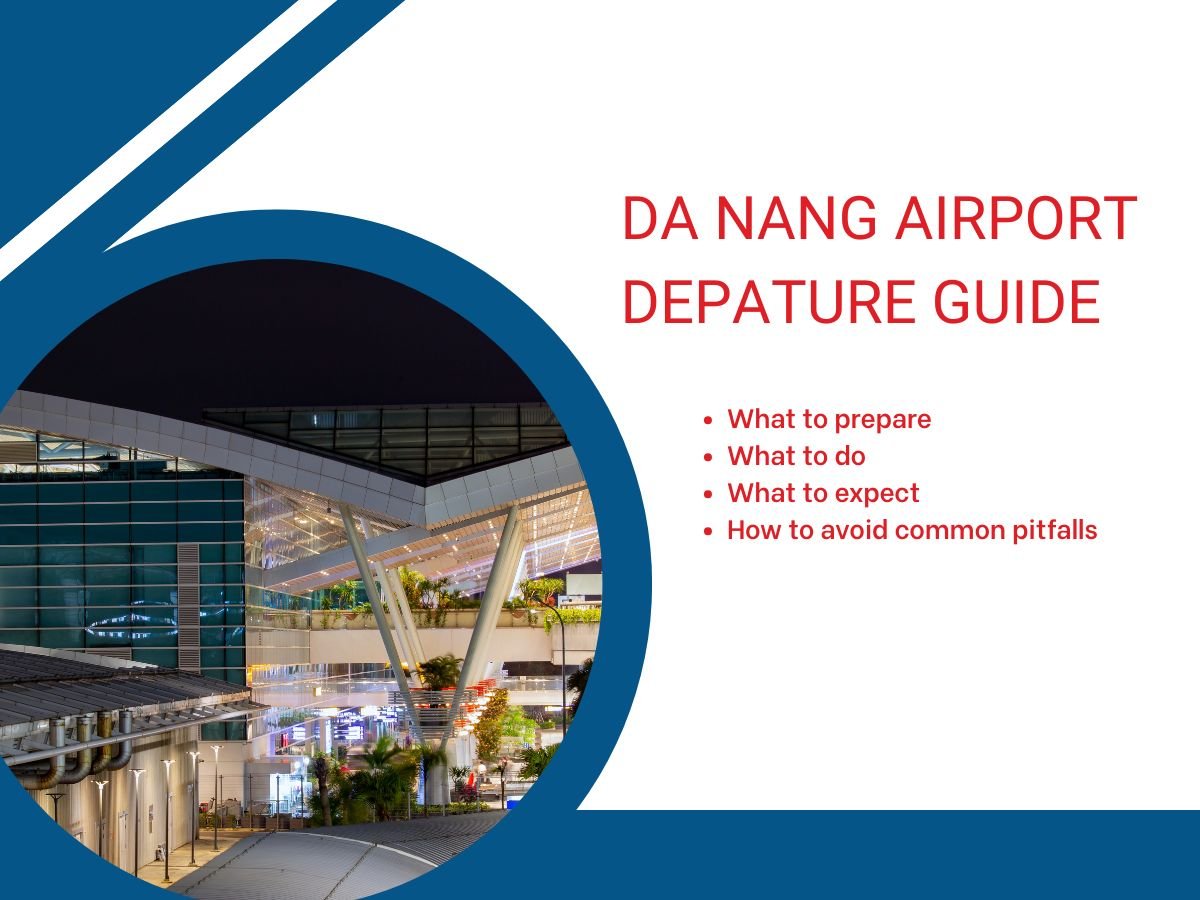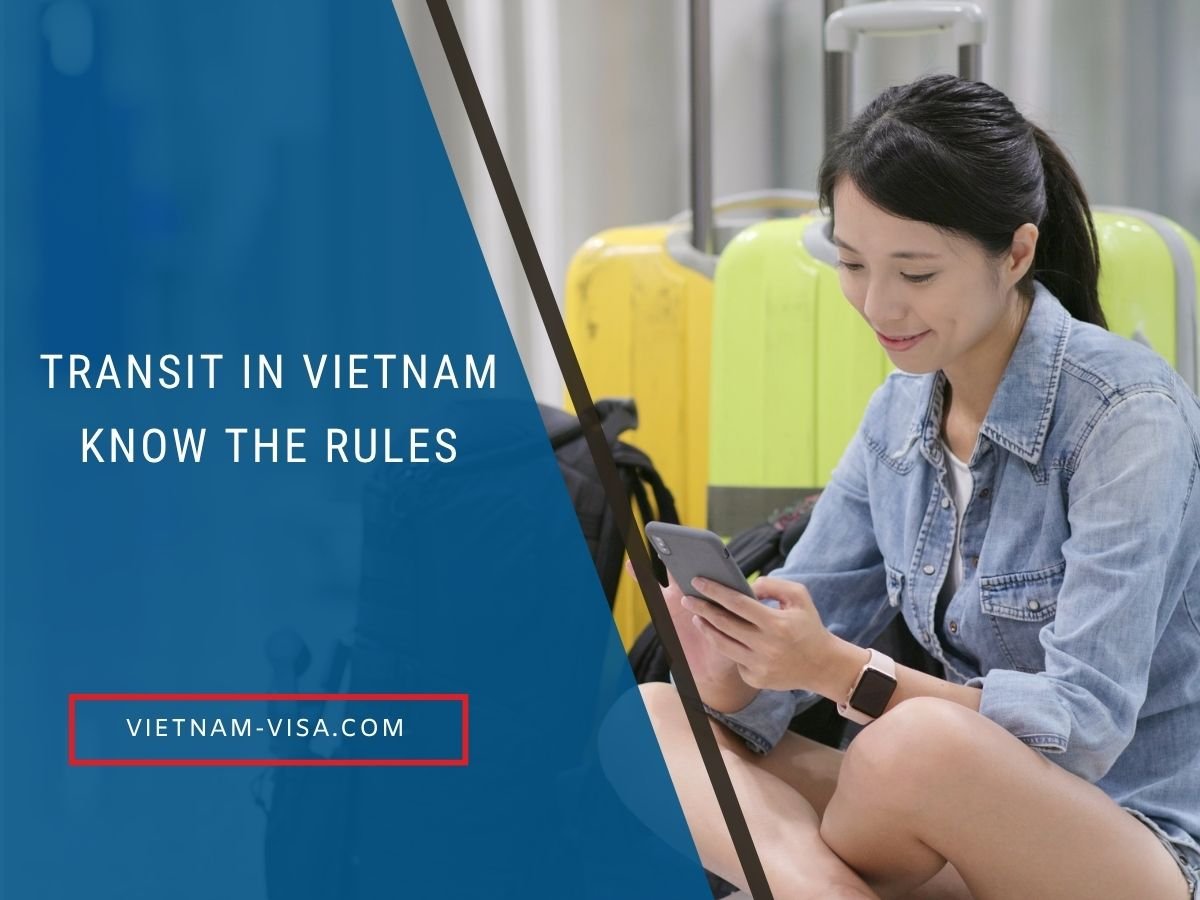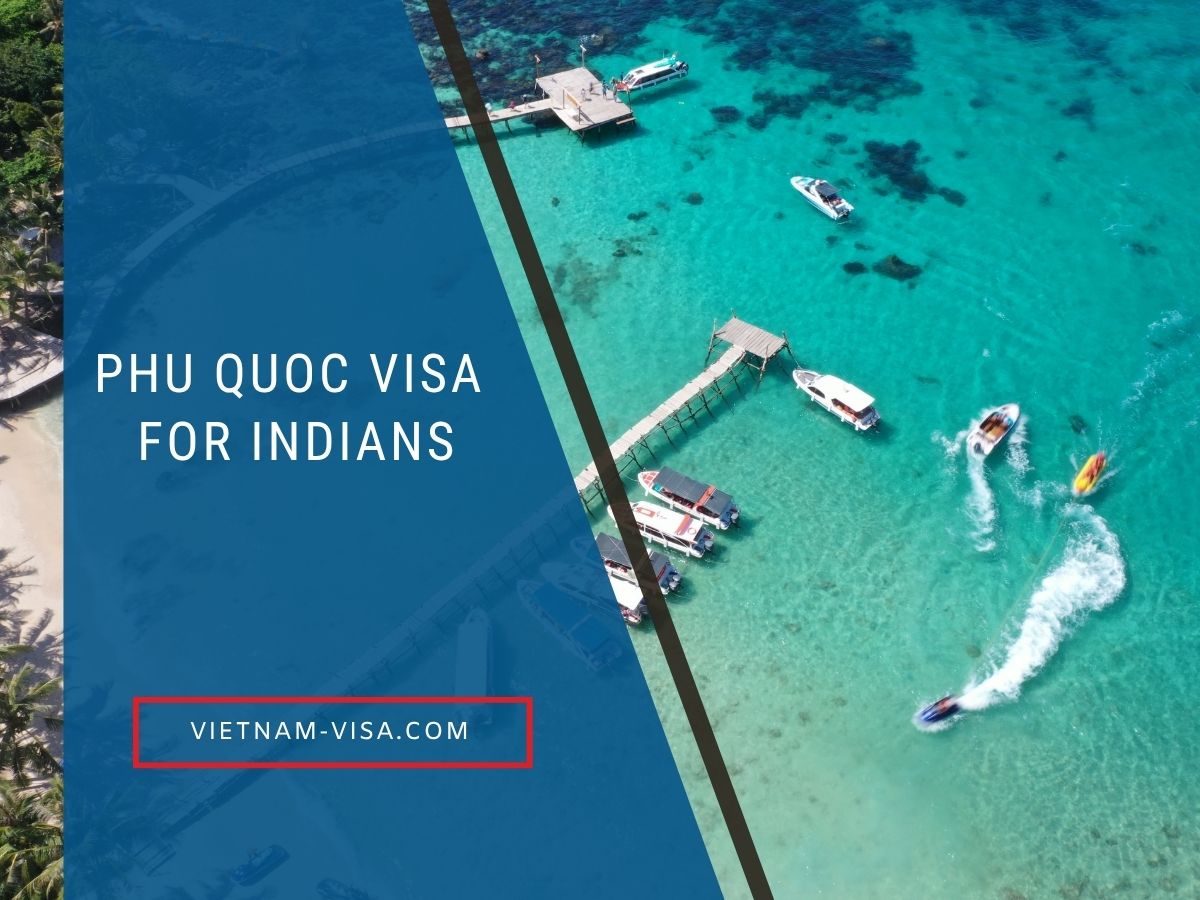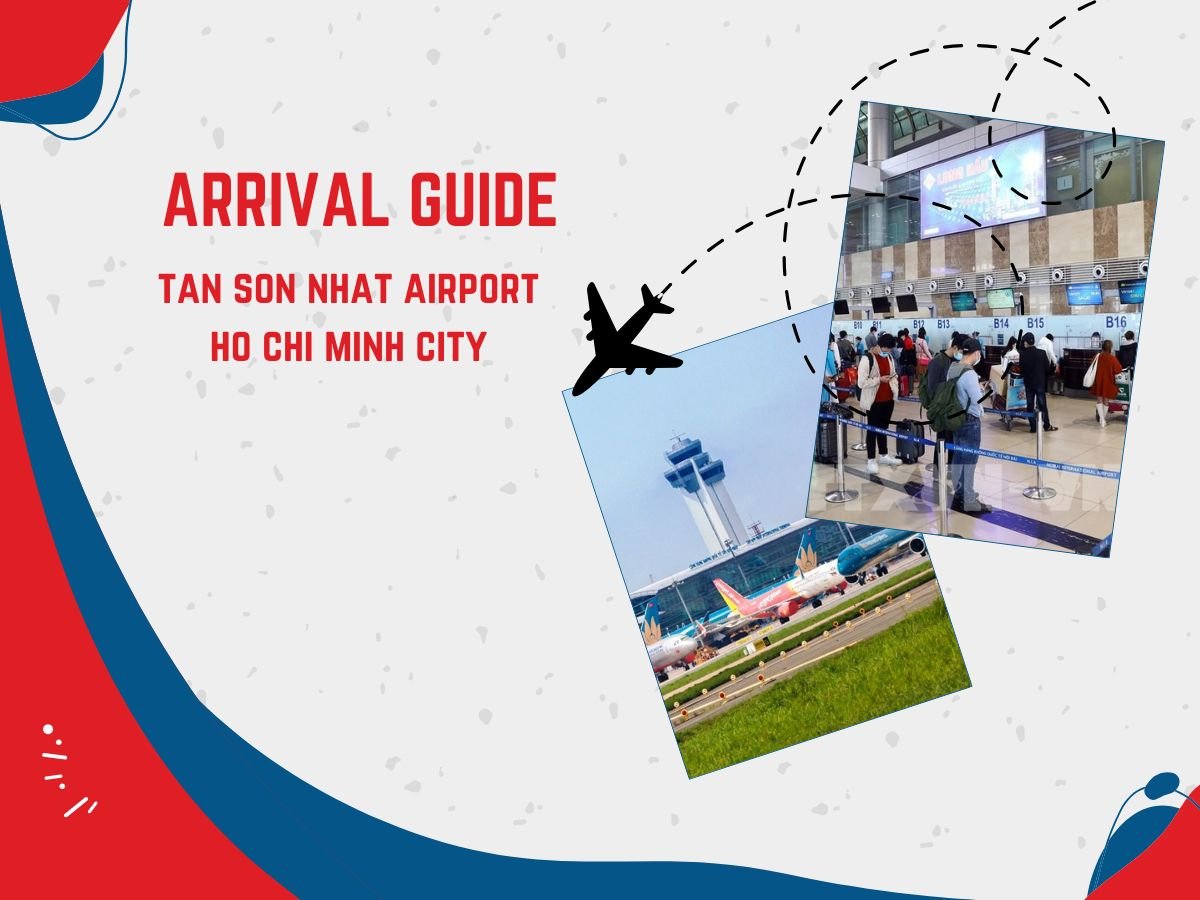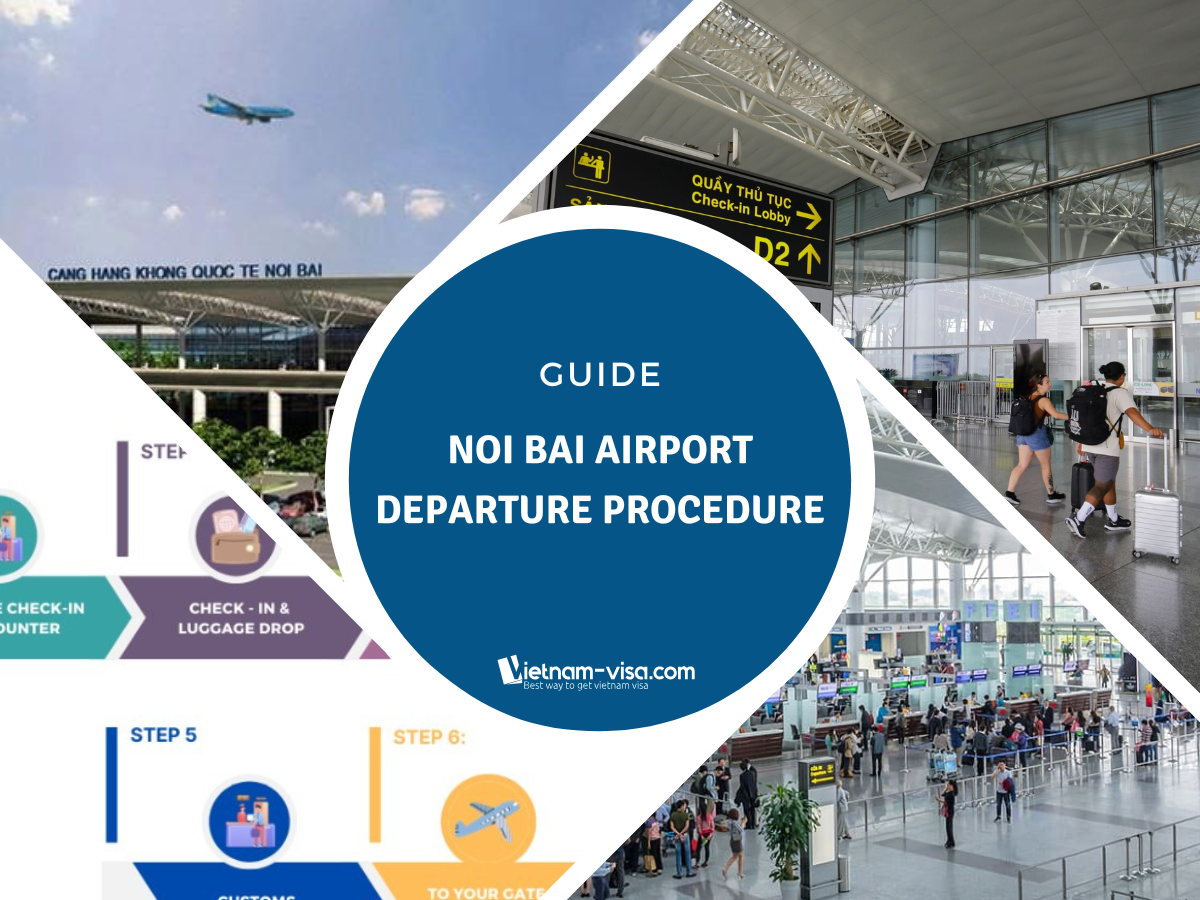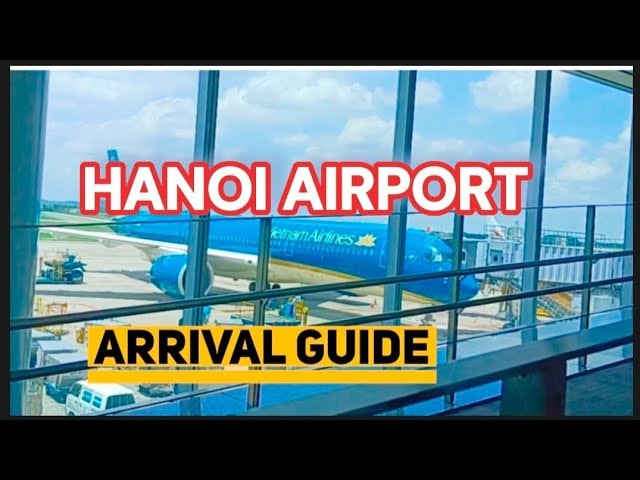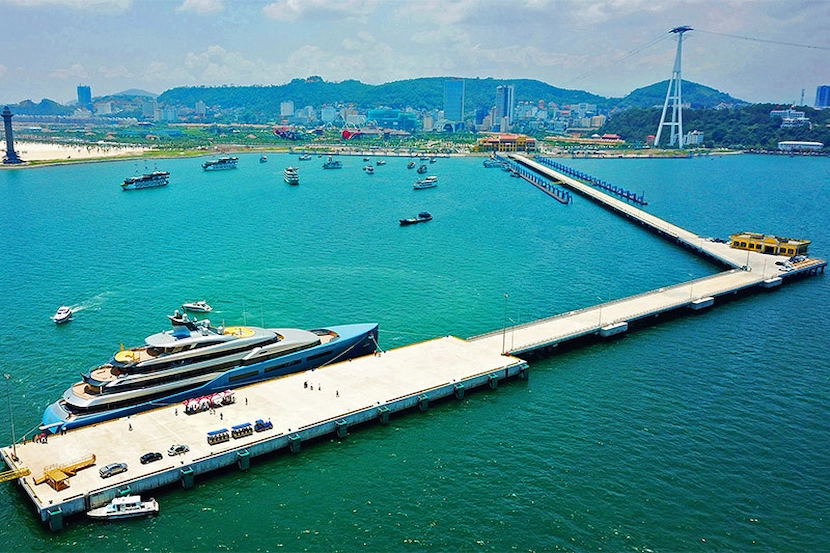Vietnam is one of the cheapest countries for traveling. While nature is a huge magnet of Vietnam, the nation’s culture and history are also attractive. To help you prepare well for the trip to Vietnam, this article will guide you on what you should do before you visit this nation.
Vietnam Travel Guide – Vietnam Maps
One of the most important things for a trip in Vietnam is a good, dependable map of the country’s roads. However, there is no online map or printed map of Vietnam has all the roads marked on it as the road network in Vietnam is in a constant state of change. Therefore, you should cross check these three sources: online maps, printed maps, and local knowledge.
Printed Maps
Although there are many Vietnam printed maps available, they are not wholly accurate, reliable, and regularly and thoroughly updated. However, they are still useful.
The Travel Map of Vietnam is clearly presented, conveniently packaged, and annually updated. At first glance, it seems lack of detail and fold-out format, but, over the years, this map is the only one that does add some new roads to its content with each new edition. It may be not easy to find a new copy of this map, but you can try finding it at the nearest Bookstore.
Online Maps
It is an incredibly useful tool to have on a road trip to Vietnam. 3G and 4G are readily available all over Vietnam, making access to online maps relatively easy. Besides, many online maps are now available offline too. However, they are not infallible and even satellite images can’t keep up with the pace of Vietnam’s road building.
Google Maps (https://www.google.com/maps) is the most famous online maps. Many roads that aren’t marked on printed maps are clearly visible on Google Maps, and the GPS function is a great help when you’re on the road. However, you cannot use it without the Internet connection. Google cannot keep up with the pace of change in Vietnam as well.
OpenStreetMap (https://www.openstreetmap.org/) has become popular recently. This map is crowd-sourced; it can be updated by any users at any time. The app is perfect for a country like Vietnam, where roads are often changed. However, it is only as good, up-to-date, and accurate as the people who contribute information to it.
Maps.me (https://maps.me/) is an app that uses the data collected by OpenStreetMap to create a map that’s available offline, so no matter where you are in Vietnam, you can access it.
Local Knowledge
Although consulting different printed and online maps will help you know which roads exist, they cannot give you the current condition of the roads. Thus, local knowledge is a great idea. Before taking a road that you are unsure of, ask local people for their opinion of that route. Local people are able to inform you of road closures owing to landslides or major road works ahead, they can also tell you about new roads, recently completed and not yet marked on any maps. However, you still have to cross check the information you receive. If you request at Vietnam-visa.com, not only we simplify procedures and help you to get Vietnam Visa in the most convenient way but also are willing to give you the best local advise.
Also, you can check detailed Vietnam visa requirements by selecting your nationality on our homepage. For example, you can check the detailed guide showing how to get Vietnam Visa for Australians by typing Australia in our searching bar.
Vietnam Travel Guide – Weather and things to discover
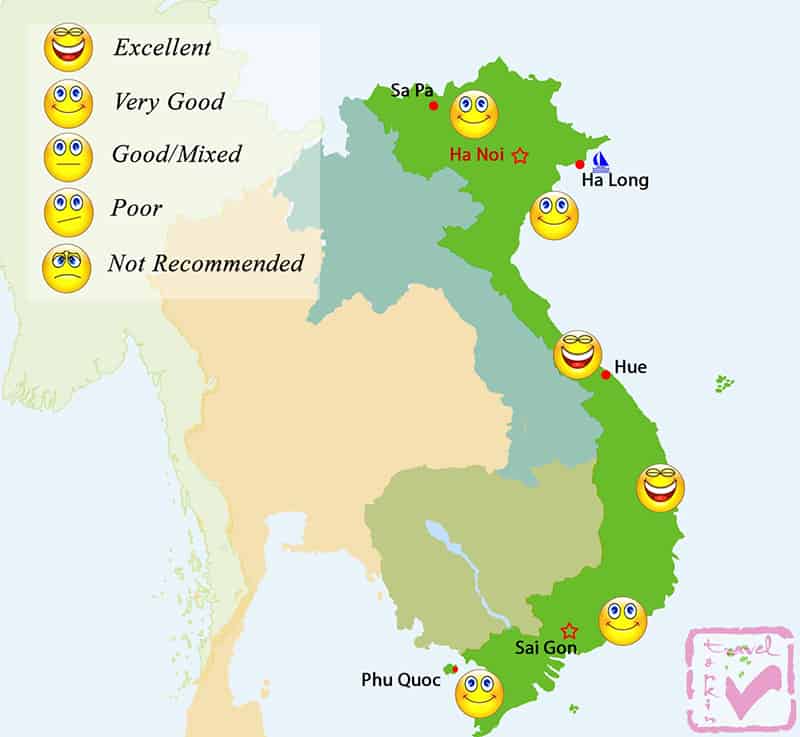
Vietnam travel suggestions basing on weather in May
The weather can be a factor affecting your trip positively or negatively. Vietnam is a tropical climate country with a considerable amount of sun, a high rate of rainfall, and high humidity. Also, it is influenced by monsoon.
- The Northern: It has four distinct seasons: summer, autumn, winter, and spring. The summer is quite hot with temperature from 25oC to 35oC. The autumn will give you special moment to see a difference with yellow leaves fall everywhere on street. At that time, the weather gets cool. In the winter, weather becomes cold and dry; the temperature is lowest in December and January. On some mountainous area such as Sapa and Tam Dao can be down to 0°C. The spring gets warmer and drizzles. The climate in the North is also able to be divided into two seasons: the rainy season from May to September (hot, heavy rain), and the dry season from October to April (cold, little rainfall).
Hanoi
Hanoi, the capital of Vietnam, can charm you so effortlessly by its poetic and romantic beauty. Hanoi is packed with incredible must-visit attractions, such as The Temple of Literature, Long Bien Bridge, Hanoi Opera House, and Old Quarter – the cultural heart of Hanoi.
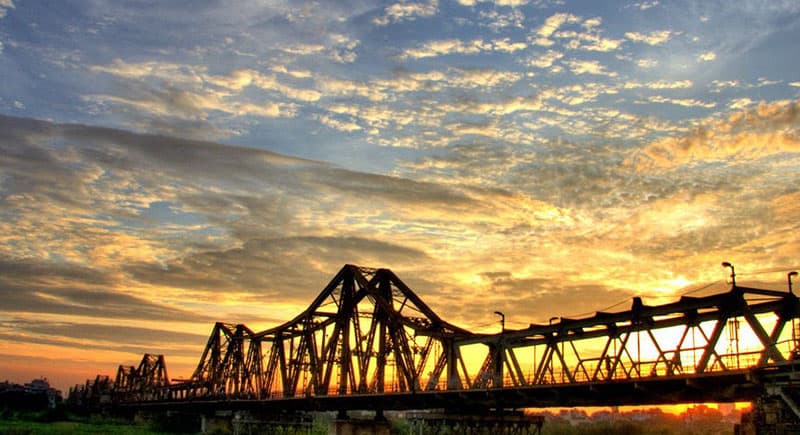
Romantic sunset at Long Bien bridge
Ha Long Bay
Ha Long Bay, a UNESCO World Heritage Site, is one of the most popular destinations in Northern Vietnam. This is also a region with many ecosystems of karst, tropical forests featuring thousands of animal and plants. There are plenty of caves that each has their own unique beauty.
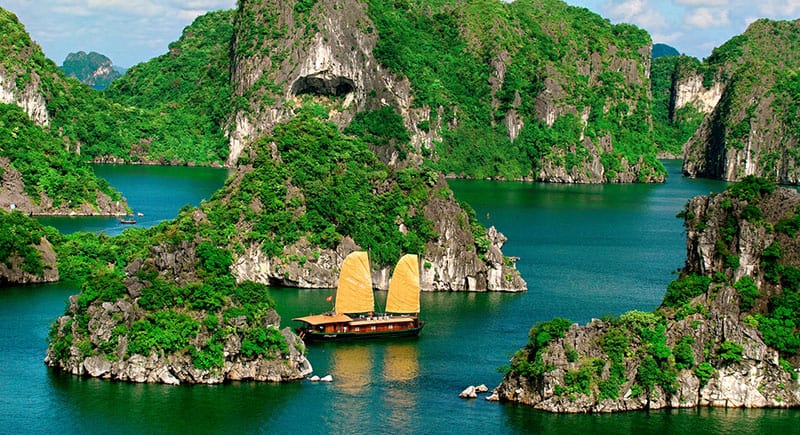
Picturesque Halong Bay
Sapa
Sapa, the wonderful landscape in the North of Vietnam, has many reasons that keep tourist returning to Vietnam. Sapa has a splendid beauty. Coming here and you will have a chance to enjoy the fresh air as well as spend your time to enjoy the breath-taking view of Sapa town engulfed in fog. The spectacular scenery of mountains and terraced rice fields, as well as the colorful ethnic culture, make Sapa become one of the most attractive places.
- The Central: The weather in Central Vietnam is kind of a transitional area climate-wise from the north to the south. There are differences between climate in North Central and South Central. In the winter, the weather is cold and heavy rain. In the summer, it is dry and hot. The temperature can peak at 40oC; thus, the humidity is so low. South Central Coastal Provinces are not influenced by Northeast monsoon. These provinces have dry and hot weather in the summer. The most typical climate feature of this area is the rainy season and dry season don’t happen at the same time with the rest climate (The North and the South). In summer all part of the country has heavy rain, on the contrary, this is the hottest time in Central.
Hue
Visiting Hue is like making a journey back to the past, where you can see the resurgence of the Nguyen emperors’ 143-year-glories. Today, Hue is a pretty city, containing dozens of bridges, lakes, moats, and canals. The traditional cuisines here are also really noteworthy, also enchanting experiences like the elegant court music “Nhã nhạc” or boat trip along on the beautiful Perfume River.
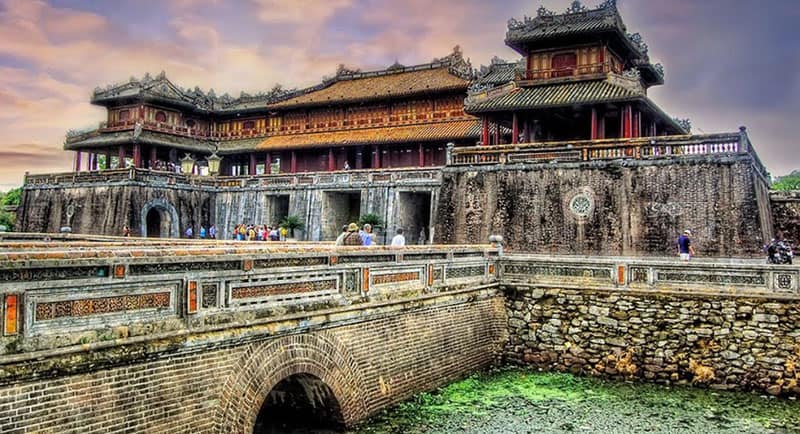
Hue – Ancient Vietnam citadel
Hoi An
Hoi An is so popular to worldwide travelers. Lying along the banks of Thu Bon river, it has numbers of older houses with wooden beams, carved doors, airy and open rooms. Hoi An contains many unique and lovely traditional villages. Hoi An’s cuisines are so excellent that it has been considered as the “New food capital of Vietnam” with 2 successful International food festivals were organized here.
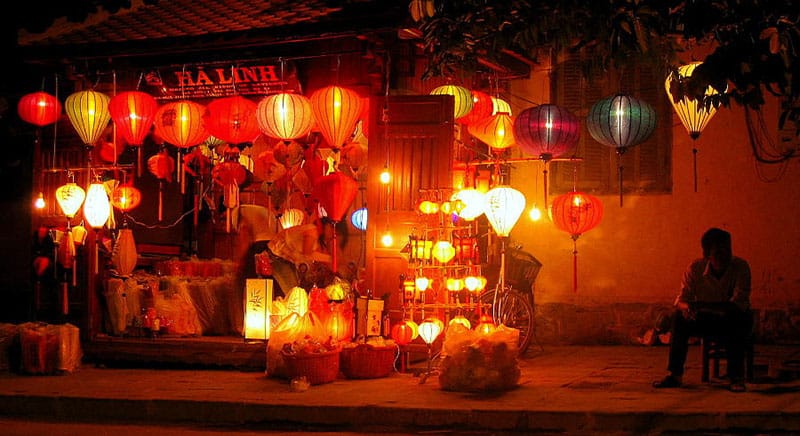
Night in Hoi An
- The Southern: This region is typical of a humid tropical climate, which has two main seasons: the rainy (from May to November) and the dry (from late February to April).
Ho Chi Minh City
This is a modern city with lots of great avenues overgrown scooters. In addition, street vendors are everywhere and sell everything you can imagine. In Ben Thanh market, you can find a little of everything, from clothes to souvenirs. For site visits, consult Buddhist temples, French-built churches or government buildings such as the Reunification Palace, and the Saigon Opera House.
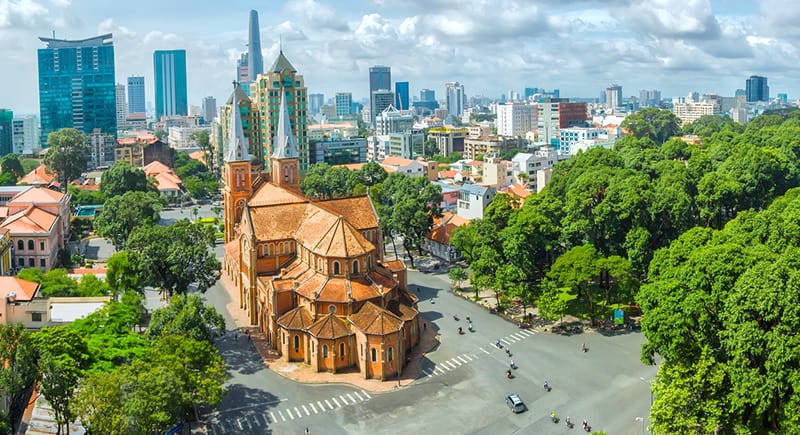
Ho Chi Minh City is a sunny day underneath Notre Dame
Phu Quoc Island
This is the largest island in Vietnam. Located in the south of Vietnam in the Gulf of Siam, this island is a hidden treasure. The activities that you can do when you are on the island are visiting manufacturers of fish sauce, and pearl farms. What you’ll love this island is beach. Currently, the island becomes an attractive destination to see in South Vietnam. What’s fancier is Phu Quoc island is also exempted from Vietnam Visa for foreigners. Details can be found at: https://www.vietnam-visa.com/vietnam-visa-exemption/
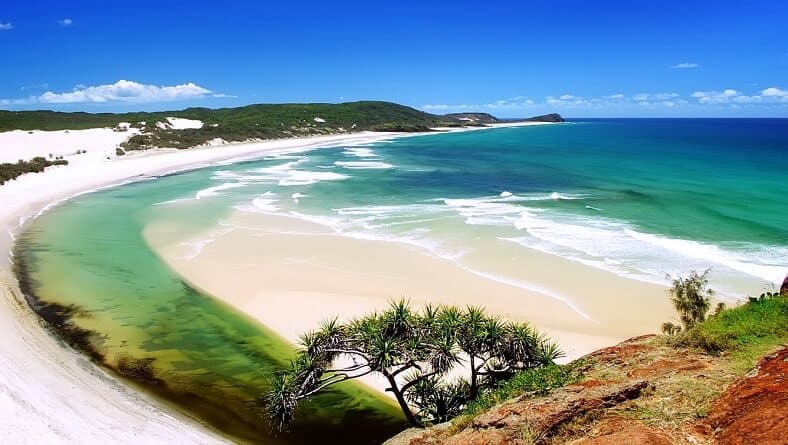
Magnificent beauty of Phu Quoc
The floating markets of the Mekong Delta
The floating markets are one of the famous tourist attractions in the Mekong Delta. The Cai Rang market is the main business activity of all markets, but Phung Hiep floating market is the largest of all since it is located at the intersection of 7 main channels. The floating market in the Mekong Delta is the place that you shouldn’t miss in your tour in South Vietnam.
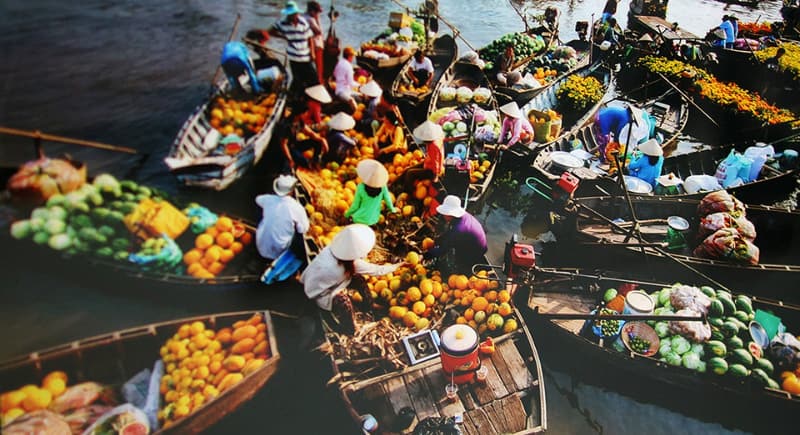
Mekong Delta Floating market
In short, traveling to Vietnam is quite easy and interesting for most foreigners. These instructions are the basic points for people who plan to travel to Vietnam. With this information, your trip will be well prepared and therefore, the time you spend in Vietnam may become the most amazing experience.
